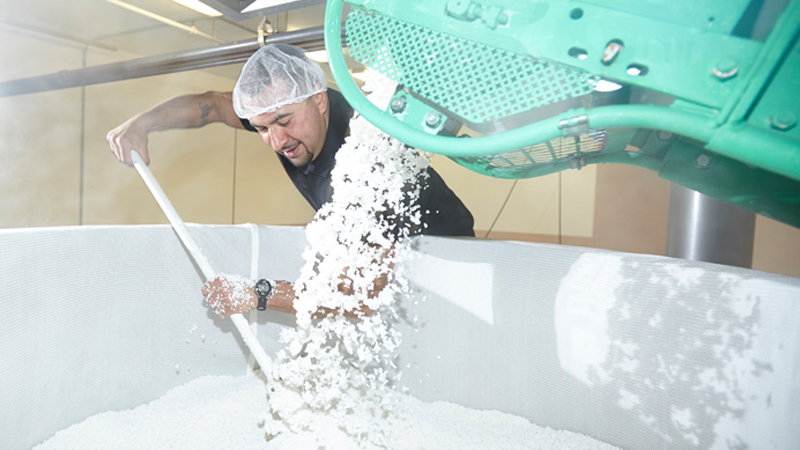
Frankly, sake is a poorly understood beverage. This ancient Japanese drink is the subject of much confusion, partially because we don’t drink a whole lot of it, so it tends to attract myths. Still, you should drink more of it; it’s delicious and complex, like wine. While we’re at it, you might as well gain a clearer understanding of the stuff.
It’s okay; a good chunk of Americans don’t know what IPA stands for. We’re all life’s students, and there’s joy in learning. So let’s unpack the many myths surrounding this rice-based beverage.
Japanese sake touts an amazing history, with original documentation dating back to the third century. The sake-making practice started in China and really took off in Japan, where the first commercial sake brewery opened in the mid-12th century. Today, it’s a massive industry with countless categories built around more than 100 types of rice in Japan alone.
For now, let’s focus on what we’re getting wrong about sake. That way, we can enjoy it more and actually know what we’re talking about next time we’re waxing poetic about sake drinks with friends. We chatted up the folks at WESAKE — makers of some tasty canned sake — about the top myths that surround the drink. Read on to hear what they had to say.
Sake is a spirit
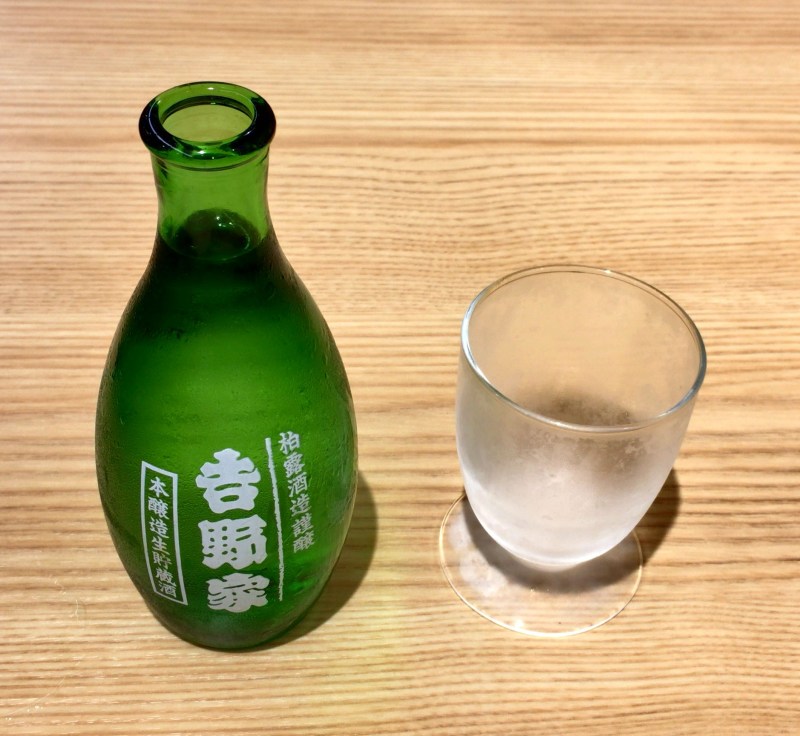
Wrong. Sake is actually a brewed beverage, much like beer. Another misconception is that sake is a wine — it’s sometimes even called Japanese rice wine — but that too is incorrect. The rice is a starch, and those sugars ultimately ferment into alcohol. To the contrary, wine is made from preexisting sugars in the fruit. Spirits differ too, and while they’re often grain or starch based, they’re really the result of distillation.
We understand the confusion, especially as sake generally clocks in with an alcohol content very akin to wine (9%–16% ABV) and shows a lot of the aromatics and nuance of a good wine. But at the end of the day, sake is still closer to beer than wine.
You can’t mix with sake
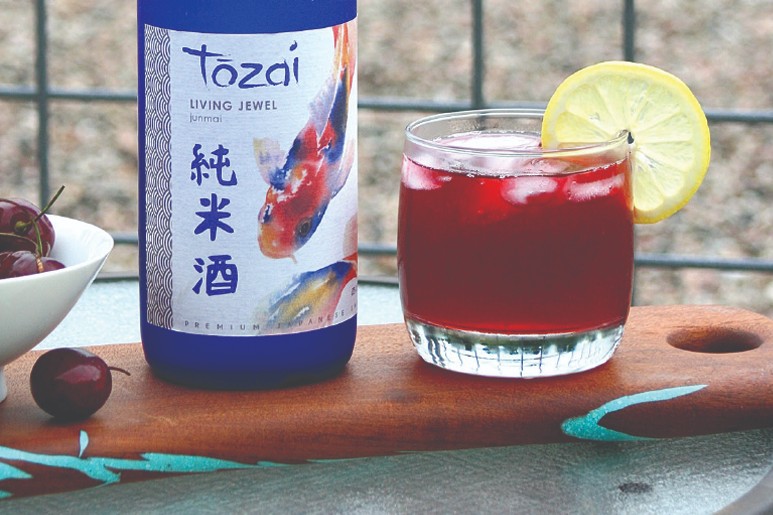
Come on — sure you can! We’ve written stories about great sake cocktails. The flavors work with all kinds of complementary ingredients, from fresh fruit juice and purees to tea. You can keep them nice and light with sake as the main alcoholic base — great for afternoon sipping — or amp them up with spirits like gin, rum, whiskey, even aperol.
It’s also great with a little effervescence, making additions like prosecco, sparkling water, and lighter ginger ales great options.
The best sake is bottled
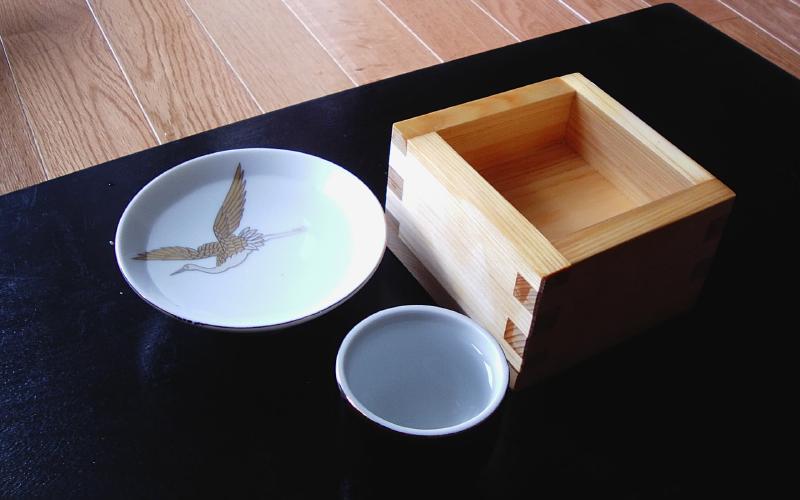
This one may have been true at one point, but not anymore. Just as beer and wine have ditched glass for aluminum, kegs, boxes, and more, so too has sake. Many varieties come in convenient, single-serve cups and can be found all over the internet or in the drinks section of your local Asian supermarket. In addition to WESAKE, we like brands like Bushido and Amabuki. A lot of high-end sake still comes in glass, but that’s changing. Plus, the cans and cups are adorable and deftly designed. You’ll want to start a little collection.
Sake should be served warm
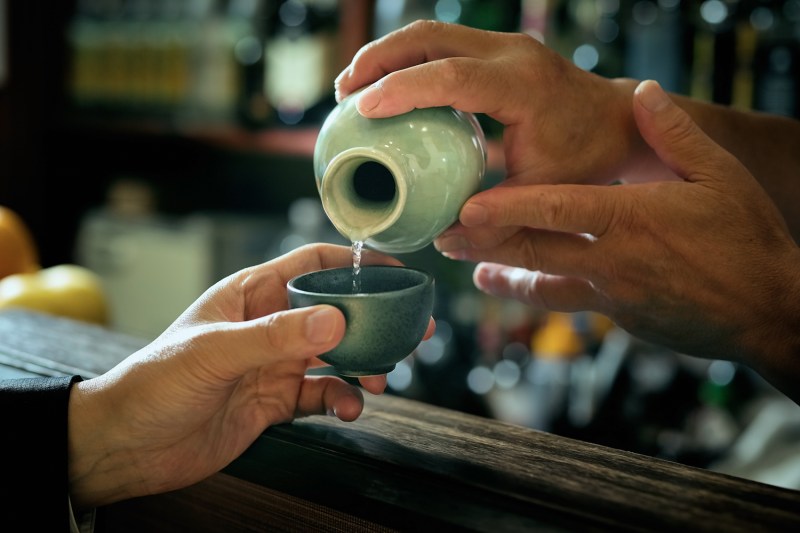
It depends on the sake, people. How to enjoy sake varies from person to person, but if there’s one cardinal rule, it’s this: No matter what, sake should never be served piping hot. It’s not tea. If it’s too hot, sake will lose a lot of its complexity. Cool or warm is great, while ice cold or blazing hot will only harm the experience. It’s similar to wine — if you’re serving straight from the fridge, it’ll likely be so cold that you’ll miss out on the details in the fragrance and flavor, although we do suggest champagne and a lot of sparkling wines straight from the fridge or in an ice bath.
Generally, highly aromatic sake like daiginjo and ginjo should be served moderately chilled. That’s the case for nigori too. Junmai is typically viewed as the most versatile, meaning it can be enjoyed cool, room temperature, or warm. When heating a sake like this, think about body temperature as being your target. Warming sake will often bring out any umami notes in the drink.
Sake does not pair well
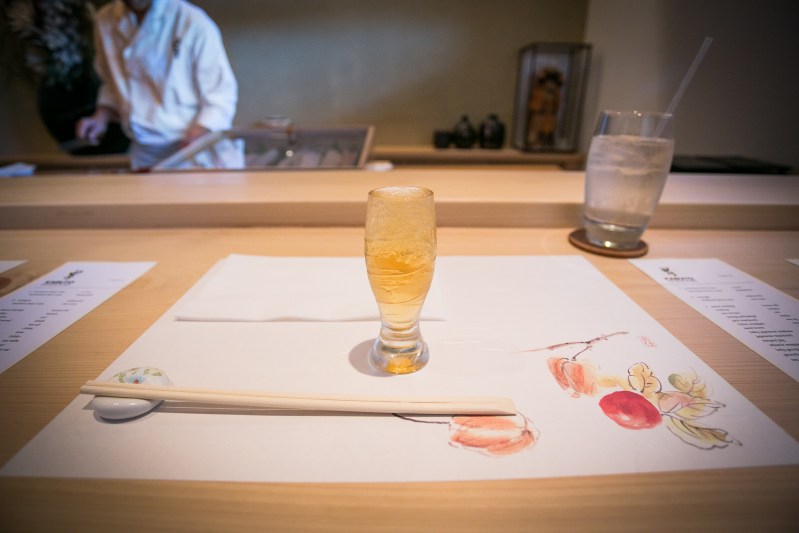
That kind of attitude will only rob you of some great gastronomical experiences. Sake does great with all kinds of fare, from Cajun cuisine and Southern comfort food to plant-based meat dishes. It does great with cheese, and because the flavors are generally pretty subtle, it won’t overpower anything. Try it with lighter types of fish and shellfish, fried chicken, or pizza. We love it with tapas and Indian food. Some even swear by its ability to match up with caviar. Yes, it does great with sushi, ramen, and other Asian staples, but sake is way more versatile than you might think when it comes to pairing.
Sake needs to be served in a wooden cup
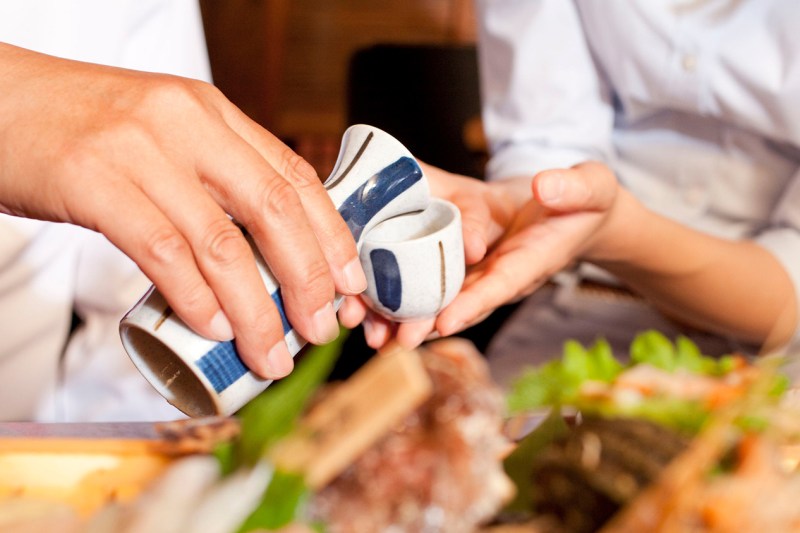
This is another one that might have been true historically, and some still hold to tradition, but these days people are enjoying sake in all kinds of vessels. In Japan, the masu cup will still be used, especially for ceremonial gatherings and special occasions. It’s worth a try, as the woody notes can play off of certain sake types, but it’s not the only way to enjoy a great cup of sake.
One tradition worth trying is known as Mokkiri. Essentially, it involves serving sake in a glass within a masu cup and making a pour so heavy that it overflows out of the glass and into the wooden cup. In Japan, this is done during celebrations and signifies prosperity. Try a variety of vessels — ceramic if you plan to serve the sake warm, and something more bulbous if you’ll be serving it at room temperature or cool so that you can really enjoy the aroma.
Sake is all about clarity
It certainly can be, but there’s also nigori, the cloudy or unfiltered genre of sake. A bit like a hazy beer, this category is full of delicious options, offering not only a creamy hue in the glass but also added texture and some great flavor. Granted, much is made about the clarity of other kinds of sake, and for good reason. It can be extremely polished, refined, and squeaky clean, but the unfiltered stuff is great too, especially with a slight chill and when served alongside sweet or spicy fare.


